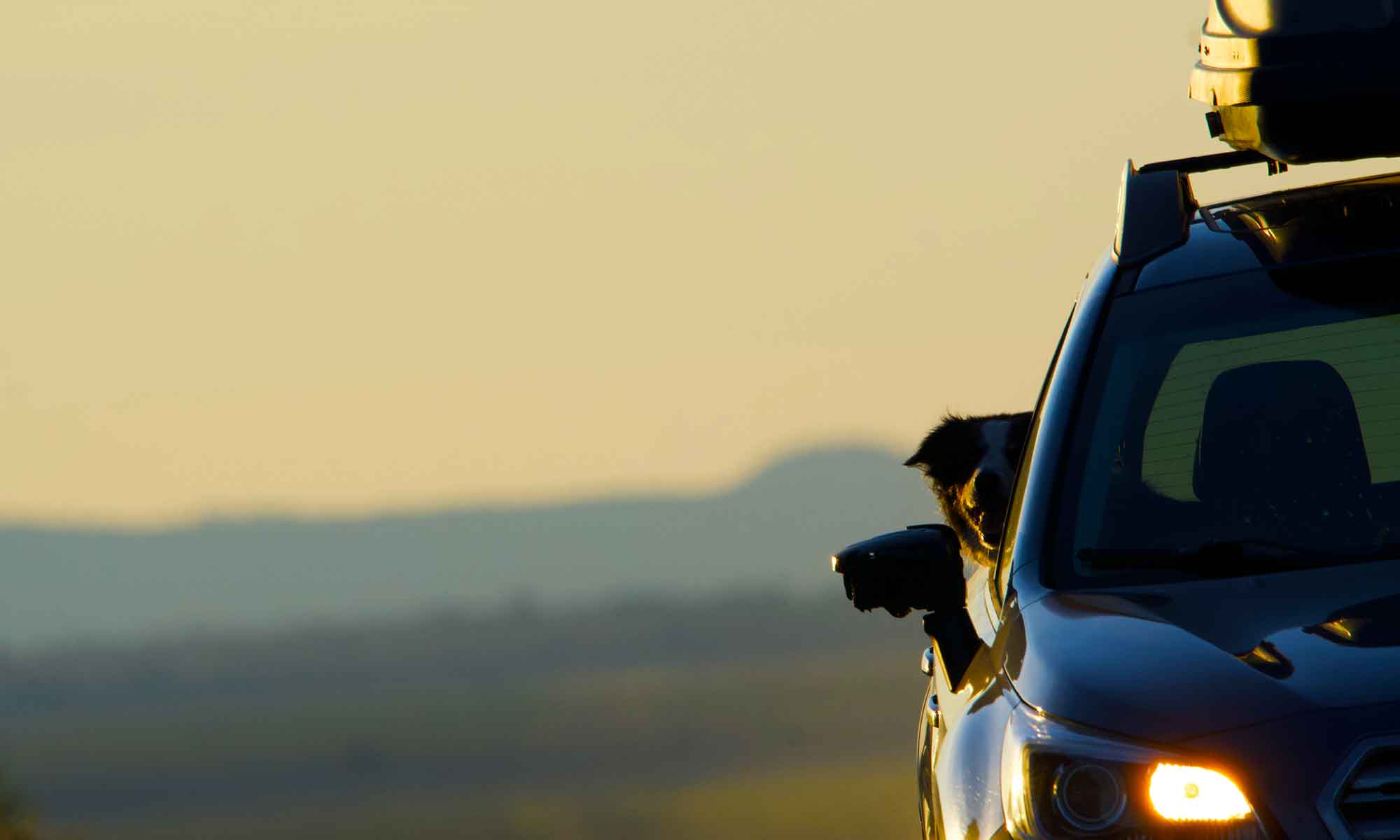
The Lower Deschutes is open to fishing year-round. However, as winter turns to spring, fishing improves. Run-off hasn’t started, but water temps rising triggers the metamorphosis in aquatic insects.
By the middle of the month insect activity has come full swing. Most anglers await the big stoneflies to crawl on to riverside bushes. This week we’re content to chase Blue Wing Olives and the Baetis hatch.
Salmon flies, a giant variety of stonefly, attracts more fishers than fish. It also marks a point when the rafters start to flood the stream and camp sites.
We try to get at least one trip to the Lower Deschutes during the big stonefly emergence, before heading to less crowded water.

This week was that trip. We had a blast. There could still be a trip to fish over salmon flies, but river spots are already getting a bit too crowded for us.
The real highlight of this week’s travels was a trip to a grocery store. Just half an hour north of Maupin, in the town of Dufur is a unique market.

Years back, while researching whole grain suppliers, JQ came across Azure Standard. At the time they offered local delivery of a limited variety of bulk grains. We ended up getting our wheat berries from Bob’s Red Mill, as it was easier and closer.
Jump ahead a dozen years, our lives have changed, but not a need for organic, clean products.
In that time Azure’s offerings have expanded and are being trucked nationally. Turns out one of a growing number of ‘local drop sites’ is a five minute drive from our house. We’ve become Azure Standard regulars.

This last week, JQ discovered the company operates a brick and mortar store in Dufur, Oregon . . . The Dufur Market. The Azure Standard catalogue is quite extensive, with some items we’d love to try, but on a smaller scale than the delivery order.

Thus the trip to Dufur.
In case you’re ever in that part of Oregon, it’s worth a stop. And the sprouted corn tortillas were as good as the reviews said.































 Walking to the cabin from river’s edge, you pass a line of willow, then cottonwood, across a stone beach, before passing through a hedgerow of sage, onto a grassy plain.
Walking to the cabin from river’s edge, you pass a line of willow, then cottonwood, across a stone beach, before passing through a hedgerow of sage, onto a grassy plain.











